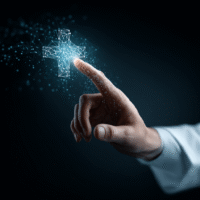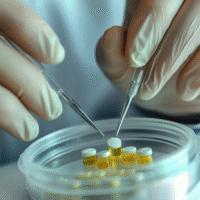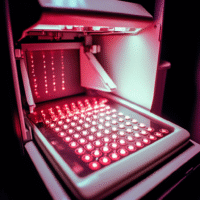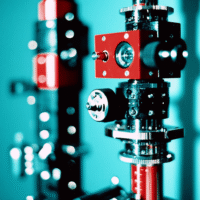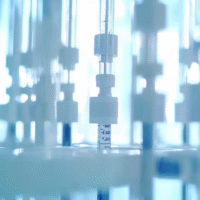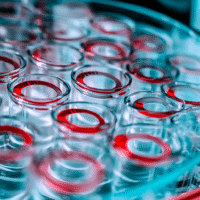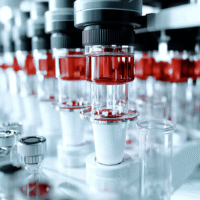Key Findings from the Study
The study explored how a treatment called repetitive transcranial magnetic stimulation (rTMS) affects pain and brain activity. Here’s what we learned:
- What Worked: rTMS did not change the peak alpha frequency (PAF) in the brain significantly. This means that changes in brain wave patterns were not responsible for the pain relief from rTMS.
- What Didn’t Work: The treatment did not show a direct connection between changes in PAF and pain reduction after five days of rTMS.
How This Helps Patients and Clinics
Even though rTMS did not change PAF, the study suggests that rTMS could still help reduce pain for certain people. It may work better for those whose brain wave patterns are close to the stimulation frequency of 10 Hz. This means some patients might benefit more from this type of treatment.
Real-World Opportunities for Hospitals and Doctors
- Consider using rTMS as a pain relief option for patients with chronic pain.
- Monitor patient responses to rTMS closely, especially focusing on those whose brain wave patterns are around 10 Hz.
- Engage in further research to better understand how PAF affects treatment outcomes.
Measurable Outcomes to Track in Clinics
- Pain levels on a scale from 0 to 10 before and after rTMS treatment.
- Patient reports on overall satisfaction with pain management.
- Brain wave measurements to see if there is any change in PAF during treatment.
AI Tools to Consider
- AI tools can help analyze patient data to identify who might benefit most from rTMS.
- Apps could be used to track and manage pain scores effectively.
Step-by-Step Plan for Clinics
- Start Small: Begin with a small group of patients and administer rTMS for pain management.
- Monitor Results: Carefully track pain levels and any changes in brain activity.
- Adjust Treatment: Use findings to adjust rTMS approach based on patient responses.
- Expand Gradually: If successful, gradually increase the number of patients receiving rTMS.
For More Information
To read the full study, visit this link: Eur J Neurosci Study.












